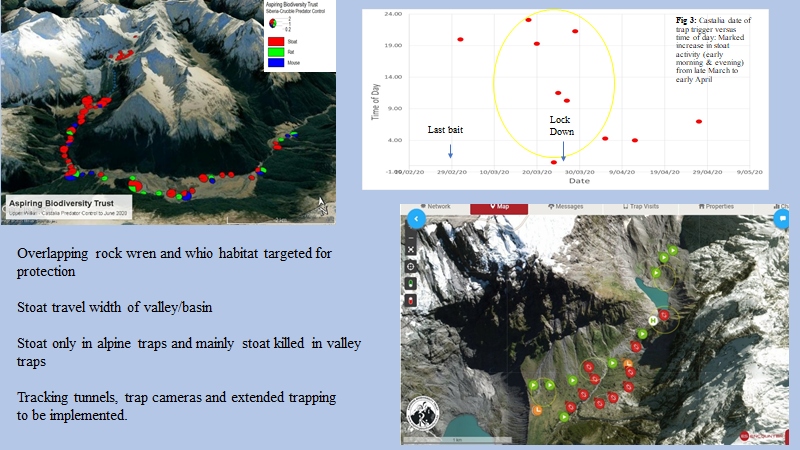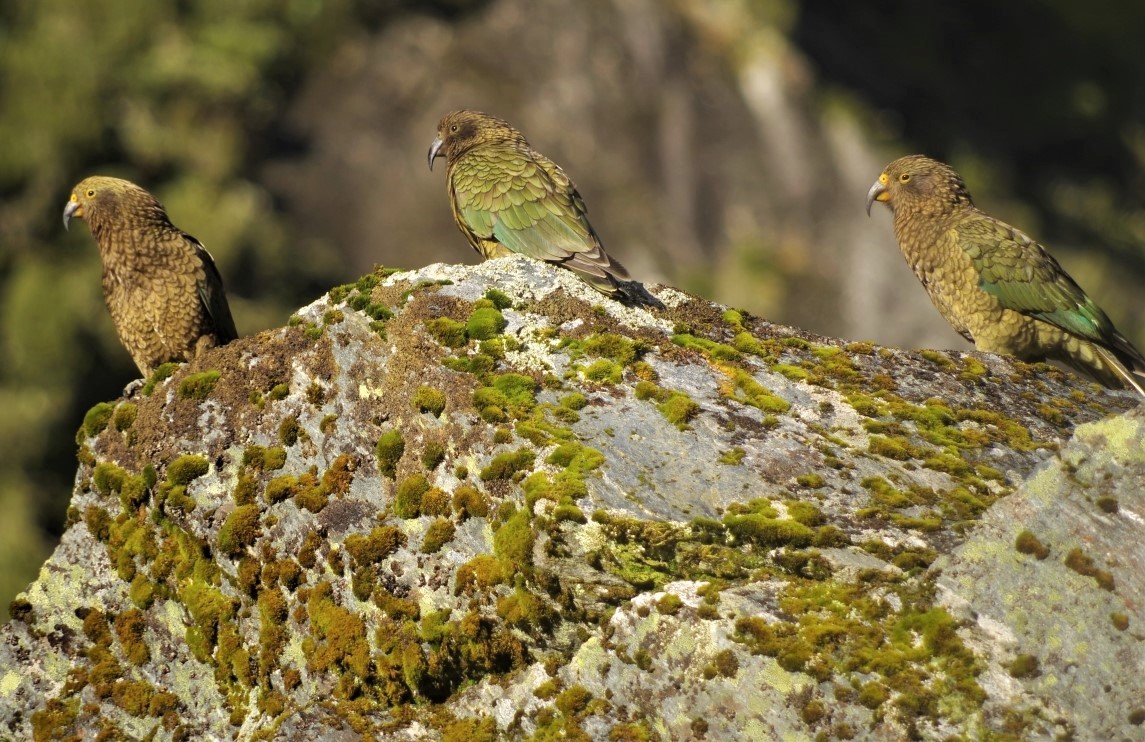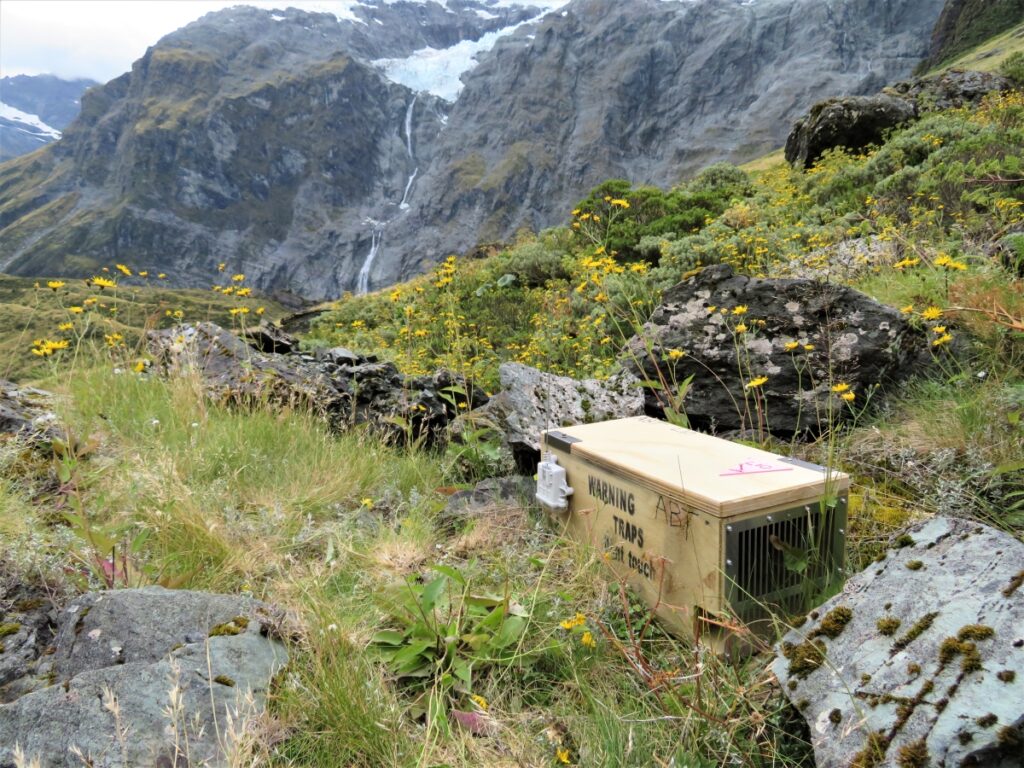Alpine Environment – An Extreme Habitat For Specially Adapted Species

Target threatened species: South Island Rock Wren (Southern) / Pīwauwau (*Bird of the Year 2022) and Kea – Nationally Endangered

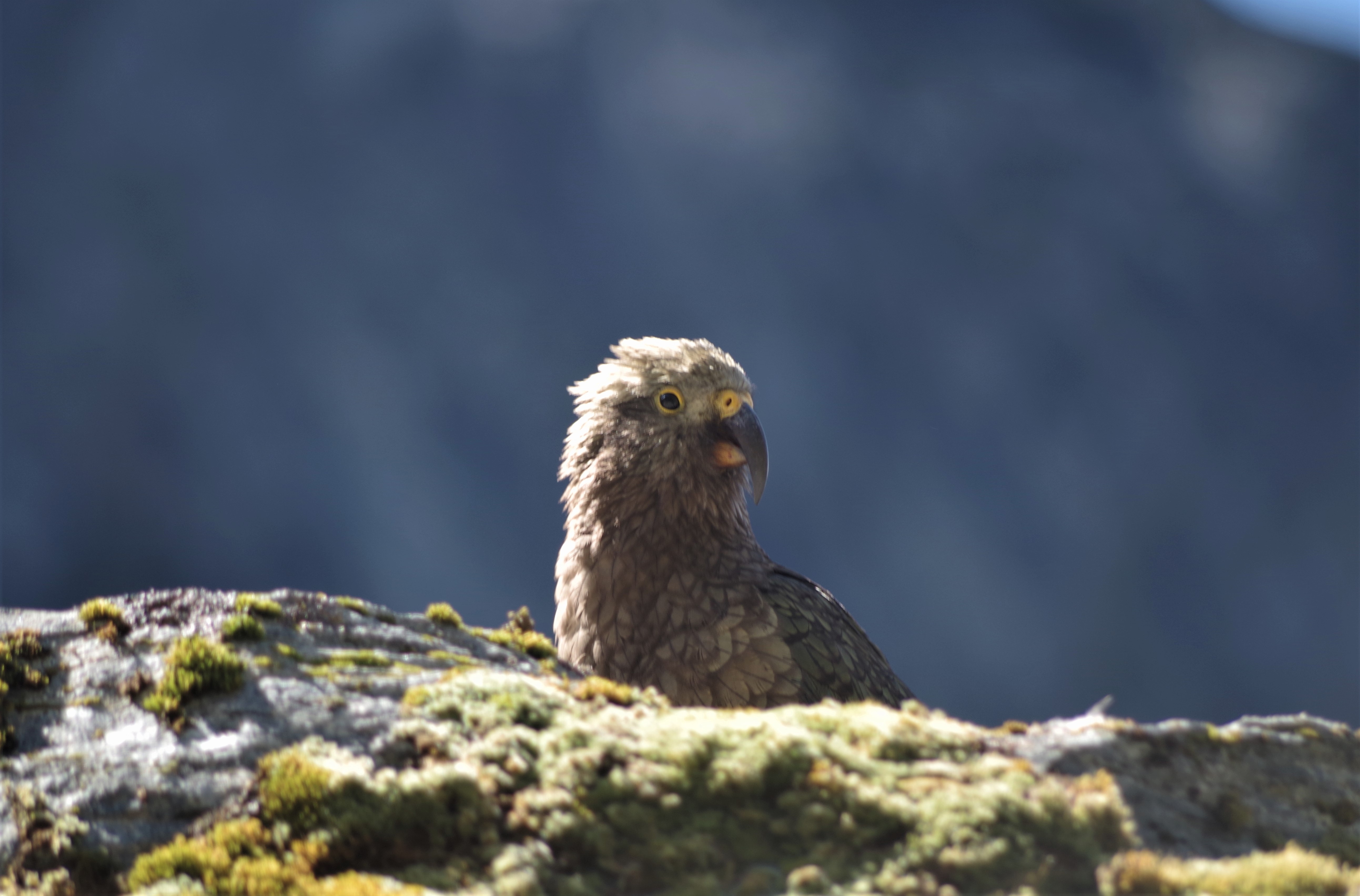
Key focus areas of the Southern Alps include; Lake Castalia, Lake Lucidus (north branch of the Wilkin), the Crucible Basin, Siberia Valley, Gillespie Stream and associated basins. ABT’s rock wren transect monitoring commenced during the 2017/2018 survey season for the north branch of the Wilkin and the Crucible Basin featured below. Subsequent basins such as the north Siberia, Newland, The Tiel and Wonderland have also been investigated to help ascertain the current population status of rock wren within the region.
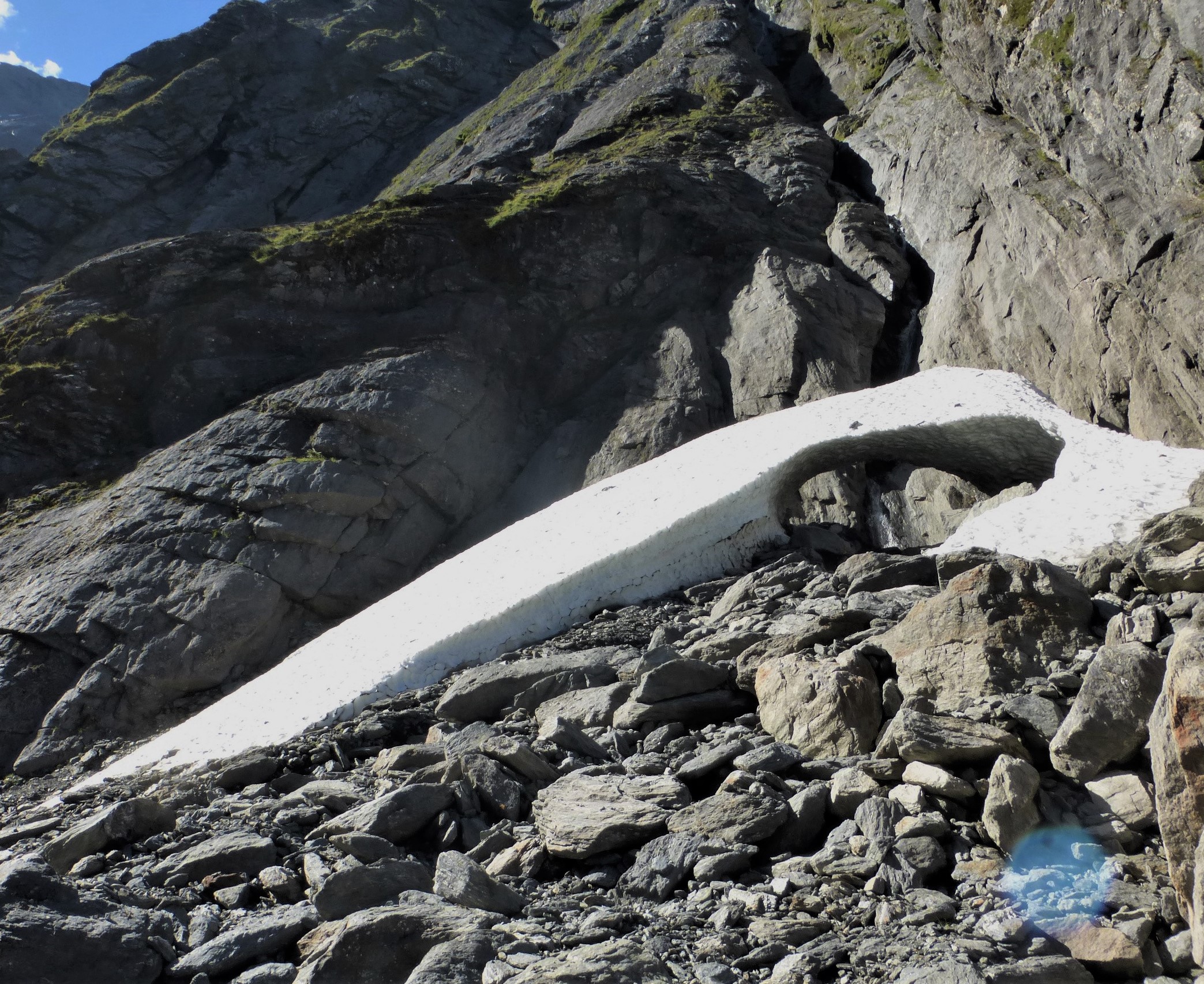
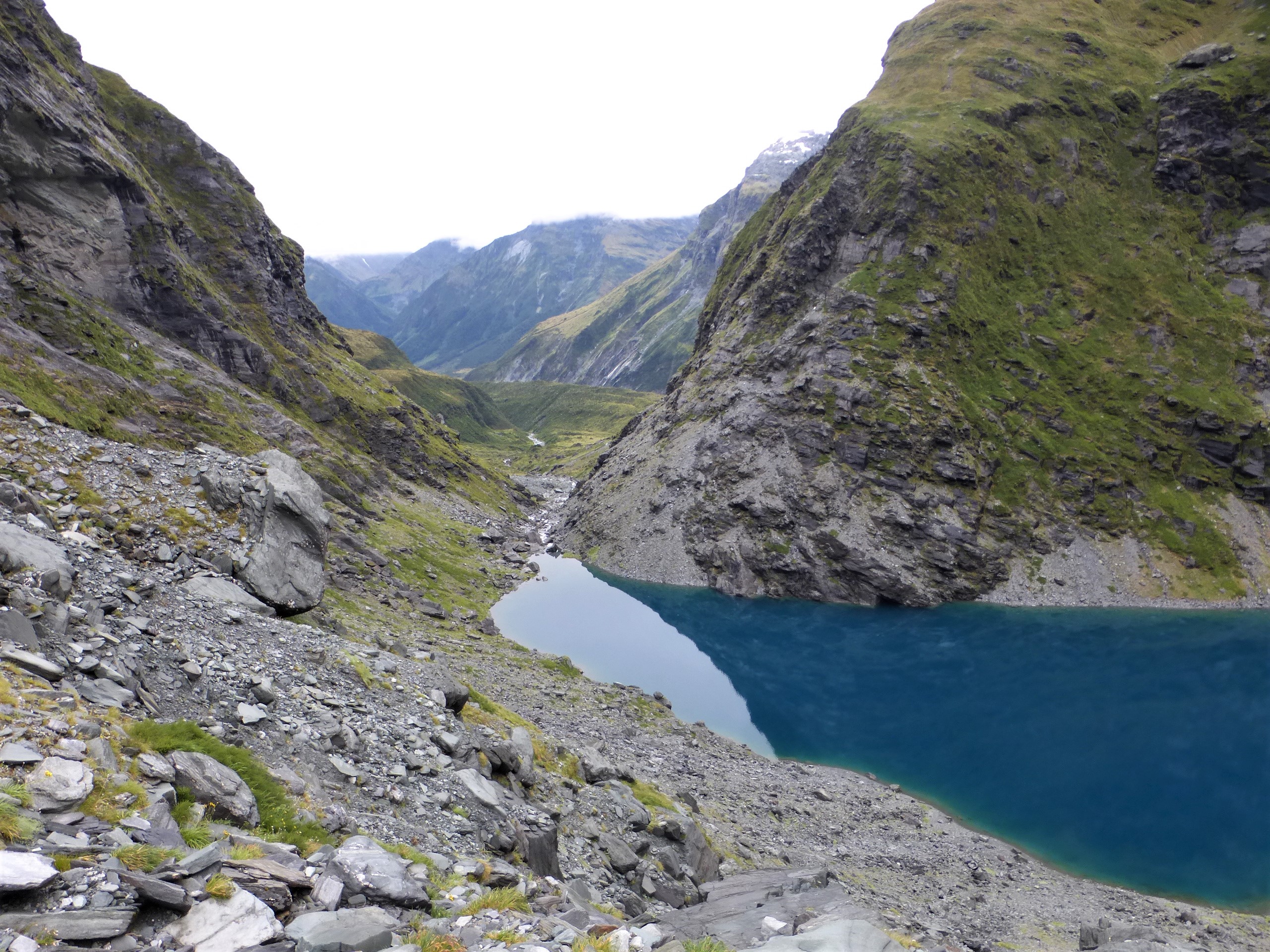
The Pīwauwau/ Rock wren Xenicus gilviventris is New Zealand’s only true alpine species belonging to the ancient family of eight endemic New Zealand wrens of which only two now survive (the rock wren and the forest dwelling rifleman). The rock wren occupies a unique ecological niche remaining above the bush line within alpine basins throughout its life cycle, nesting within rock and vegetation crevices close to the ground.

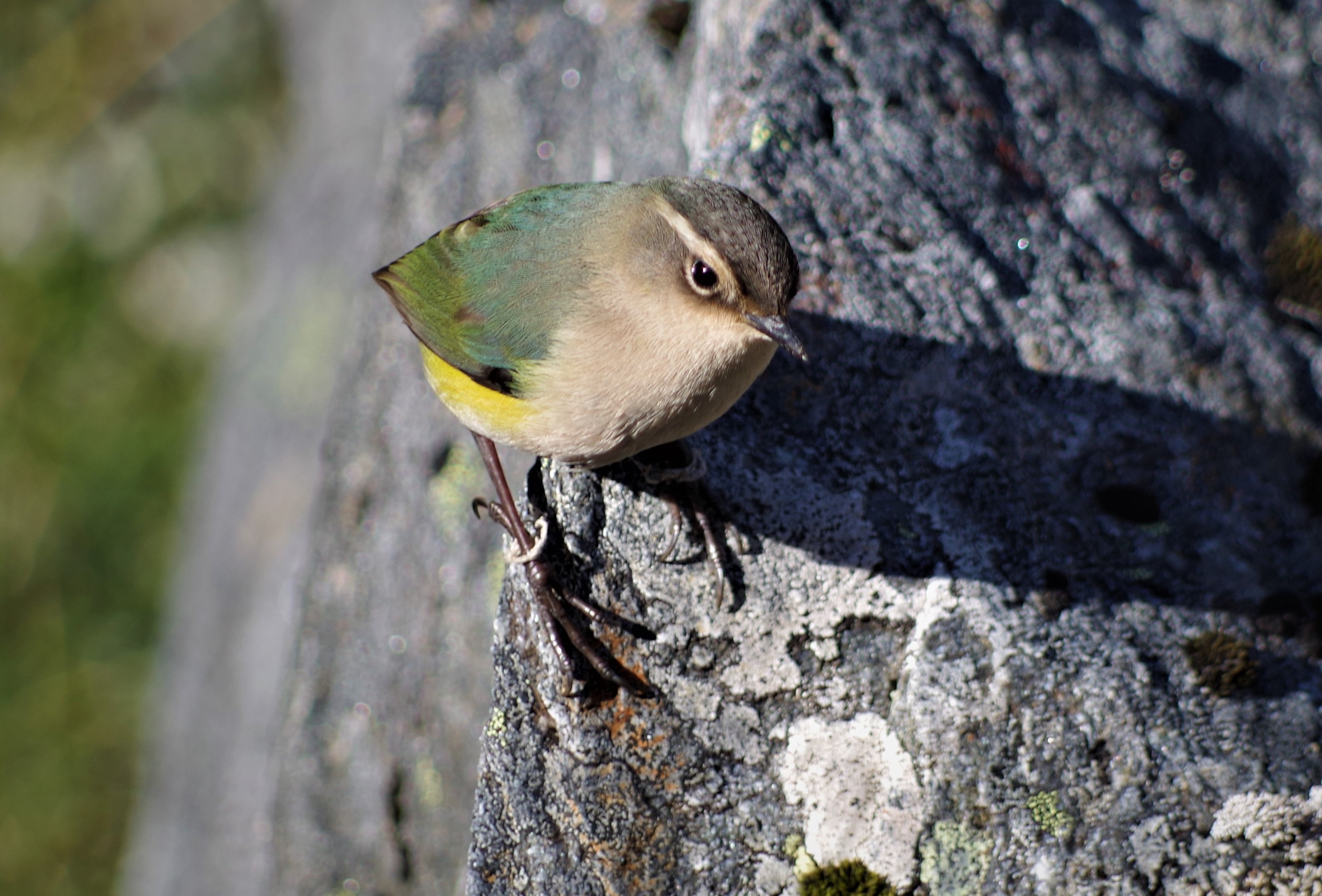
Often noted flitting between rocks and boulder fields, bouncing up and down on those long legs whilst flicking its wings. Invertebrates such as moths, flies, their larvae, spiders and the fruit of Comprosma species sustain the diet of this alpine passerine.
Similar to most New Zealand endemic birds, rock wren are particularly at risk from predation by invasive introduced mammalian predators mainly stoat now know to be present and impacting rock wren fledgling success within the alpine environment. The rock wren is also at risk from the impacts of climate change.
Invasive mammalian predator control (equipped with Encounter Solutions Celium remote monitoring) is currently concentrated on locations where remnant populations persist and connect into overlapping habitats of identified whio/blue duck (New Zealand’s ancient waterfowl species) as guided by ABT’s monitoring programmes. Please head to news to find out more.

